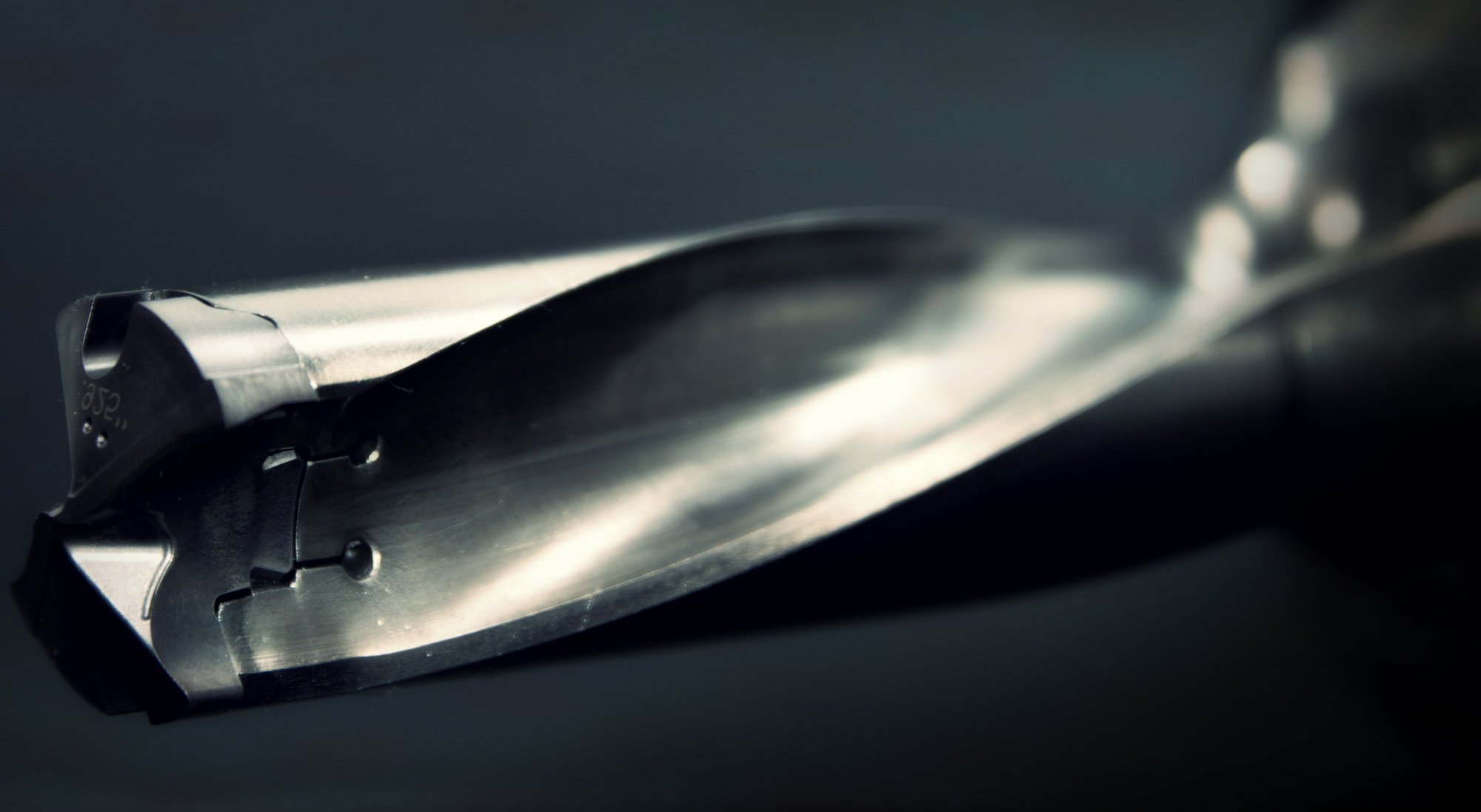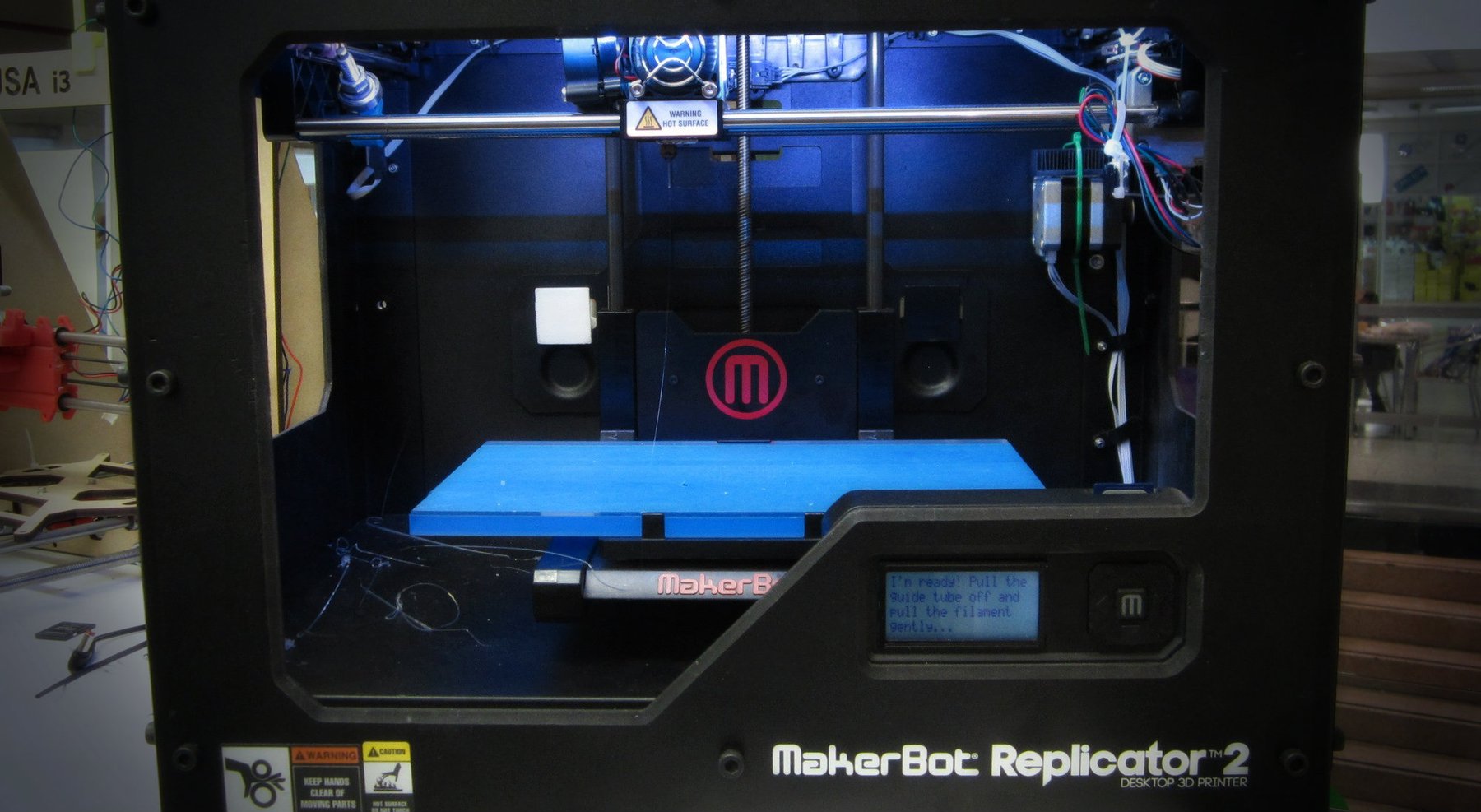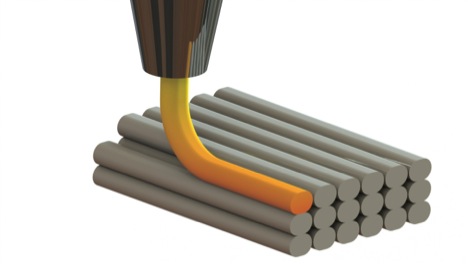Metal Castings – Investment Castings
Additive technologies involve the use of injection molds which can produce components faster and at lower costs than the traditional use of subtractive technology. Additive technologies can be utilized as investment casting patterns. Casting methods are one of the first industrial processes developed by humans and have been utilized for thousands of years. The results can yield detailed and intricate results. One of the first materials used for the casting process was bees wax. This process is so adaptable that the forms of the bees have been used as patterns for producing detailed and stunning gold jewelry. One of the modern applications for additive casting patterns is creating environmentally friendly and socially conscious jewelry. On the other end of the spectrum, applications for casting patterns have produced products that contain a variety of metals and can weigh several hundred pounds. Additive casting patterns involve a thick coating or investing, which is a pattern that melts or burns out quickly as opposed to a material like ceramic, which doesn’t. A gate can be built into the …



